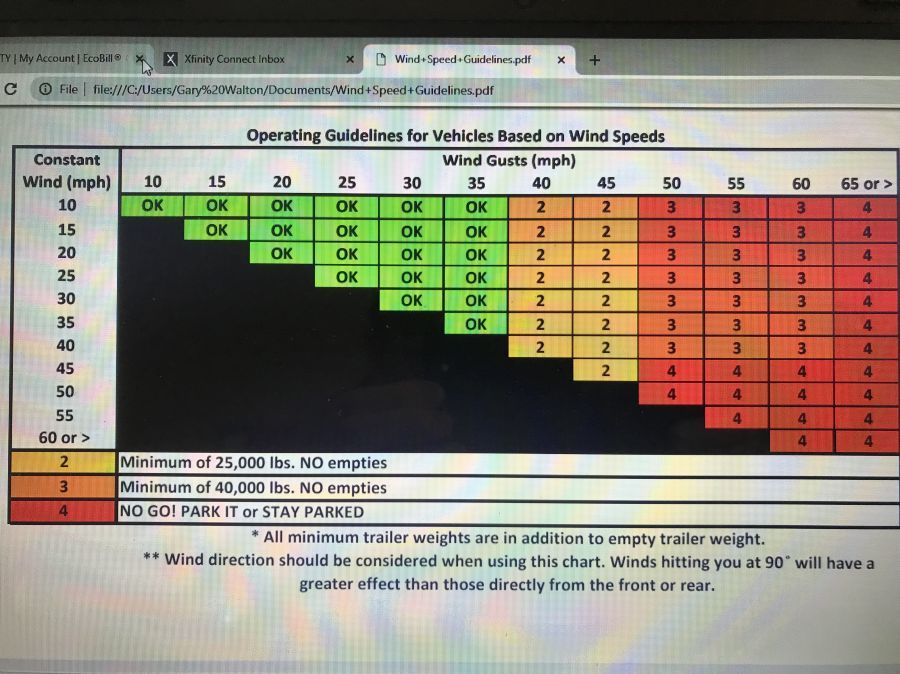

A large angle of attack at a low airspeed produces the same amount of lift as a lower angle of attack would at a higher airspeed.As the angle of attack exceeds approximately 16 degrees, the airflow over the wing becomes disrupted, resulting in loss of lift and subsequent stall. As the aircraft slows down, it will be necessary to continually increase the amount of backpressure exerted on the controls to maintain level flight. If you reduce airspeed (thrust) and want to maintain your current altitude, the angle of attack must be increased. As cruising speed is reached, reduce throttle to cruise power, and trim the aircraft as necessary.As the aircraft is brought to level-flight, temporarily maintain climb power to allow the airspeed to build to the desired cruising speed.

Decrease the pitch attitude slowly and smoothly to the horizon, allowing the airspeed to increase.This is why when we level-off for cruise flight, we: Enter the temperature in degrees Fahrenheit and wind speed in mph, then click on the Calculate WC to compute the windchill index. If you increase airspeed (thrust) and want to maintain your current altitude, the angle of attack must be decreased. Only accurate calculation if typing is without error. if you maintain the same angle of attack and decrease airspeed (thrust), the aircraft will start to descend. Tedious to have manually look up snd type temp and speed every time.If you maintain the same angle of attack and increase airspeed (thrust), the aircraft will start to climb.Remember that the amount of lift the wing produces varies with angle of attack and airspeed. How Angle of Attack and Airspeed relate to different phases of flight: Angle of AttackĪt a high angle of attack (around 16 degrees or so for most GA airplanes), the airflow begins to become turbulent over the top of the wing instead of smooth, and thus a loss of lift occurs since most of our lift comes from the low-pressure airflow over the top of the wing. The difference between these two lines gives us our Angle of Attack. To define the Angle of Attack, we are looking for the difference between the angle that the “relative wind” is meeting the wing at and the chord line. The Chord line, as shown below, travels from the leading edge to the trailing edge. The angle at which the relative wind meets the chord line of the wing. Remember as we discussed in the four forces of flight, total lift must overcome total weight in order for an aircraft to fly.The magnitude of lift created by the wing relates directly to the density of the air, the area of the wing, wing shape, airspeed, and angle of attack.Every aircraft has an angle of attack where maximum lift (the stall) occurs.

It is critical to understand Angle of attack, as it directly relates to many aspects of aircraft performance, stability, and control.
WING AND WEATHER CALCULATOR SKIN
In reality, people do not actually feel the temperature of the air, but the temperature of the skin that decreases when exposed to a cooler environment. In a warm environment, it works the opposite way if you blow on your arm in a sauna, the area you blew on becomes very warm instead, because the insulating layer also helps to protect the skin from heat. In practice, we feel the air as colder than it is when there is no wind because the wind causes parts of the insulating layer to disappear. This layer insulates the skin from external temperatures. Where T is the actual air temperature in ☏ and V is the wind speed in mph.Īround the skin there is a thermal boundary layer of air. The wind chill temperature is calculated based on both the actual air temperature and the wind speed. It was based on how people responded to different wind chill levels by using test subjects equipped with temperature sensors. Each and every individual tool provides you the most accurate results. In 2001, an extensive project was conducted under the leadership of American Randall Osczevski and Canadian Maurice Bluestein, with the goal of obtaining a correct formula for the perceived temperature. Our easy unit converter provides you a complete list of weather calculators including temperature converter, wind speed calculator, wind chill calculator, air pressure calculator, and heat index calculator.


 0 kommentar(er)
0 kommentar(er)
